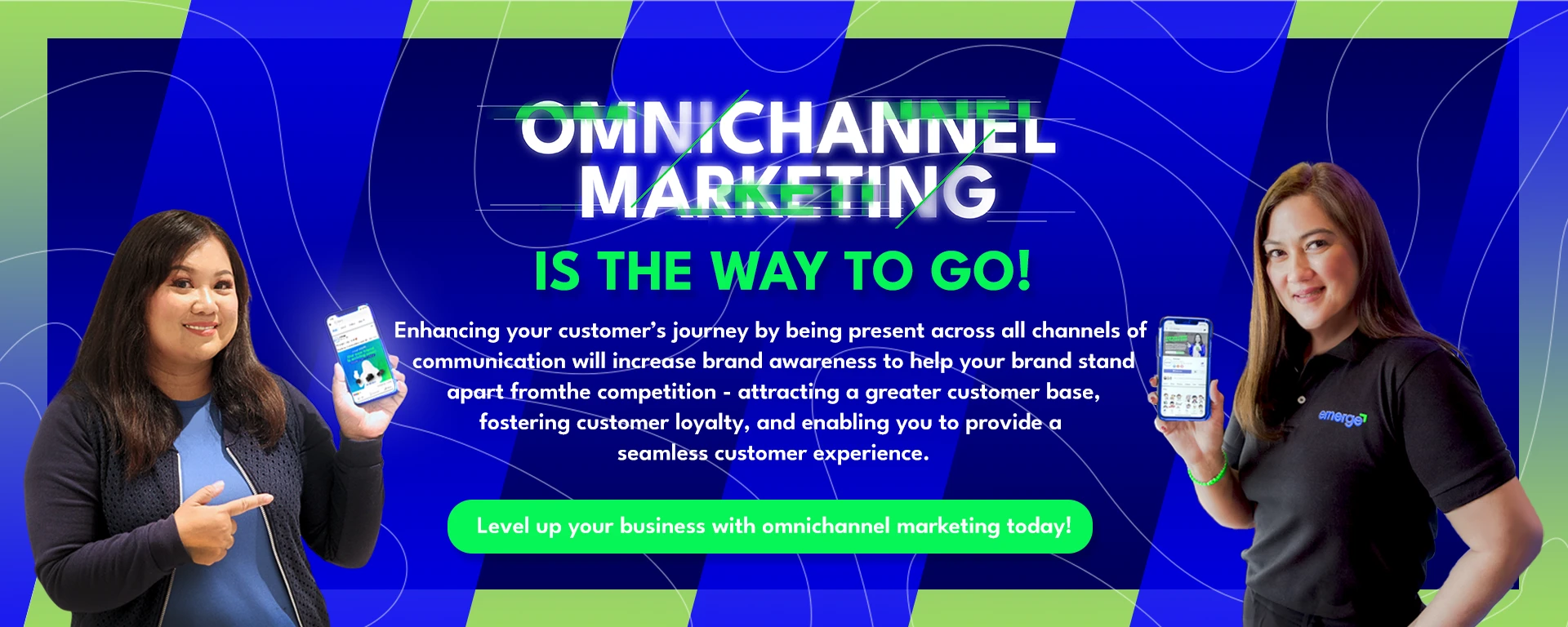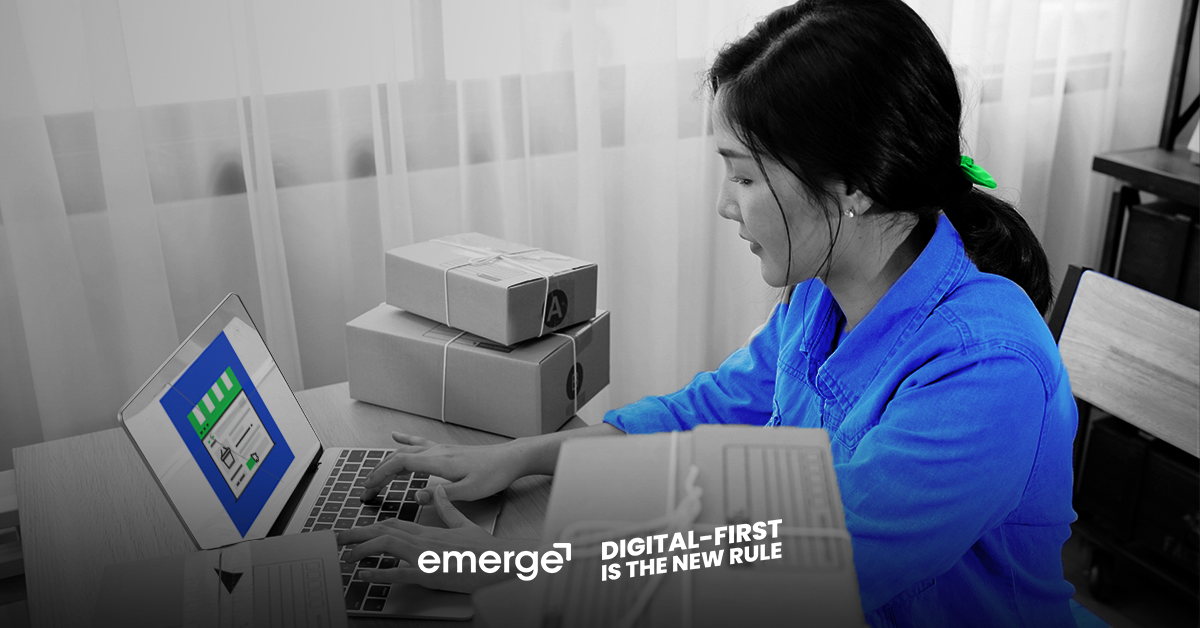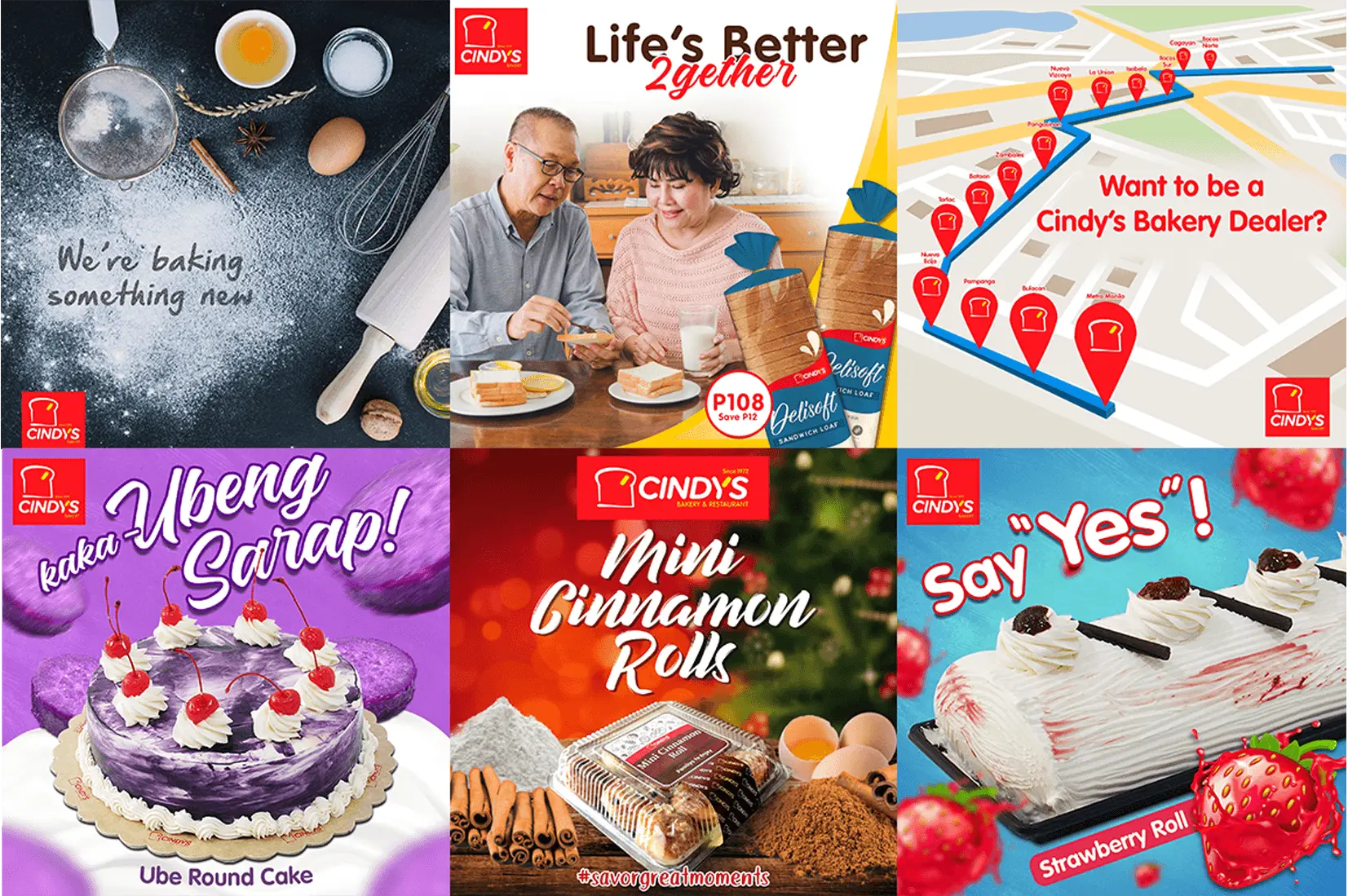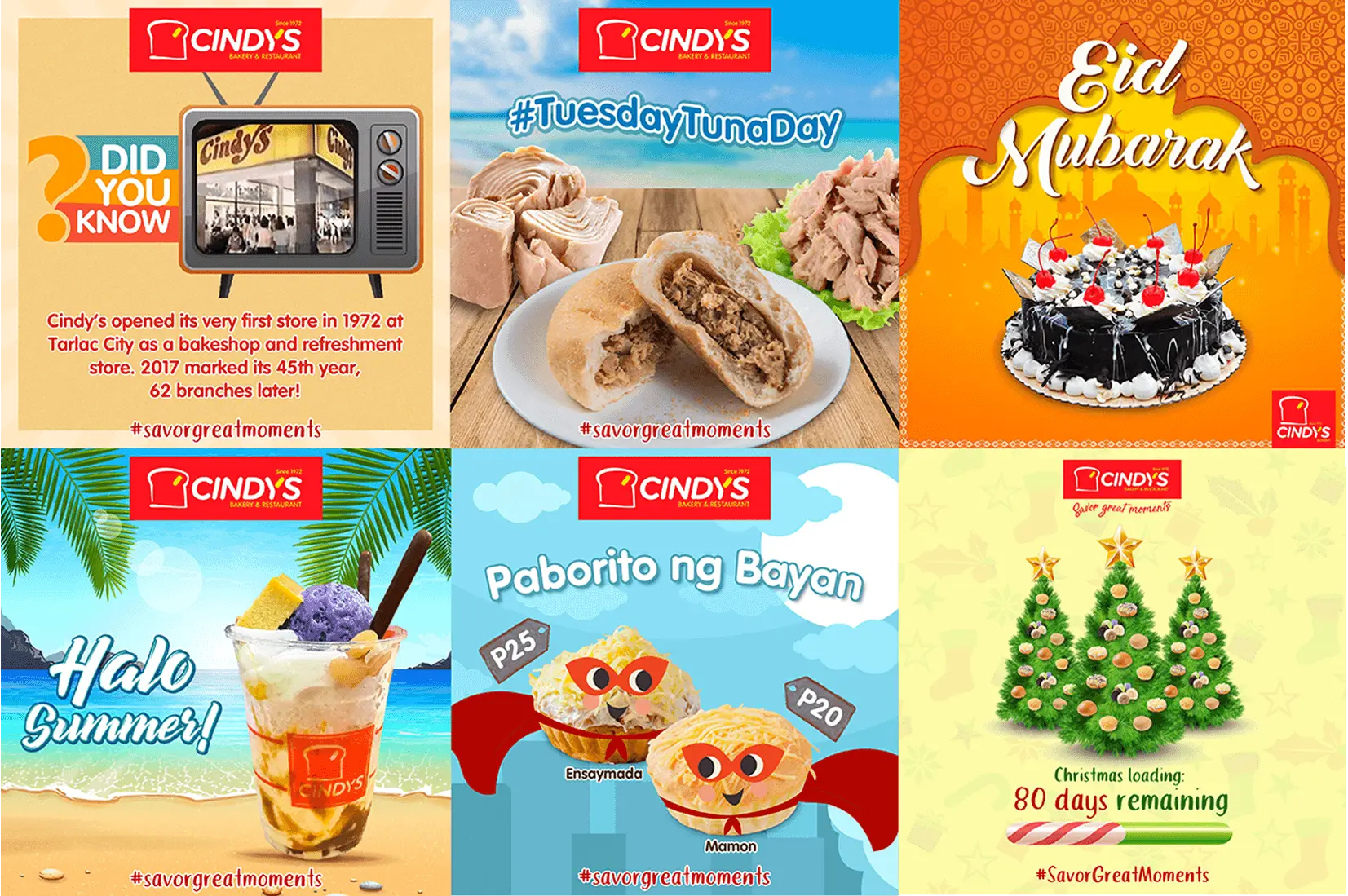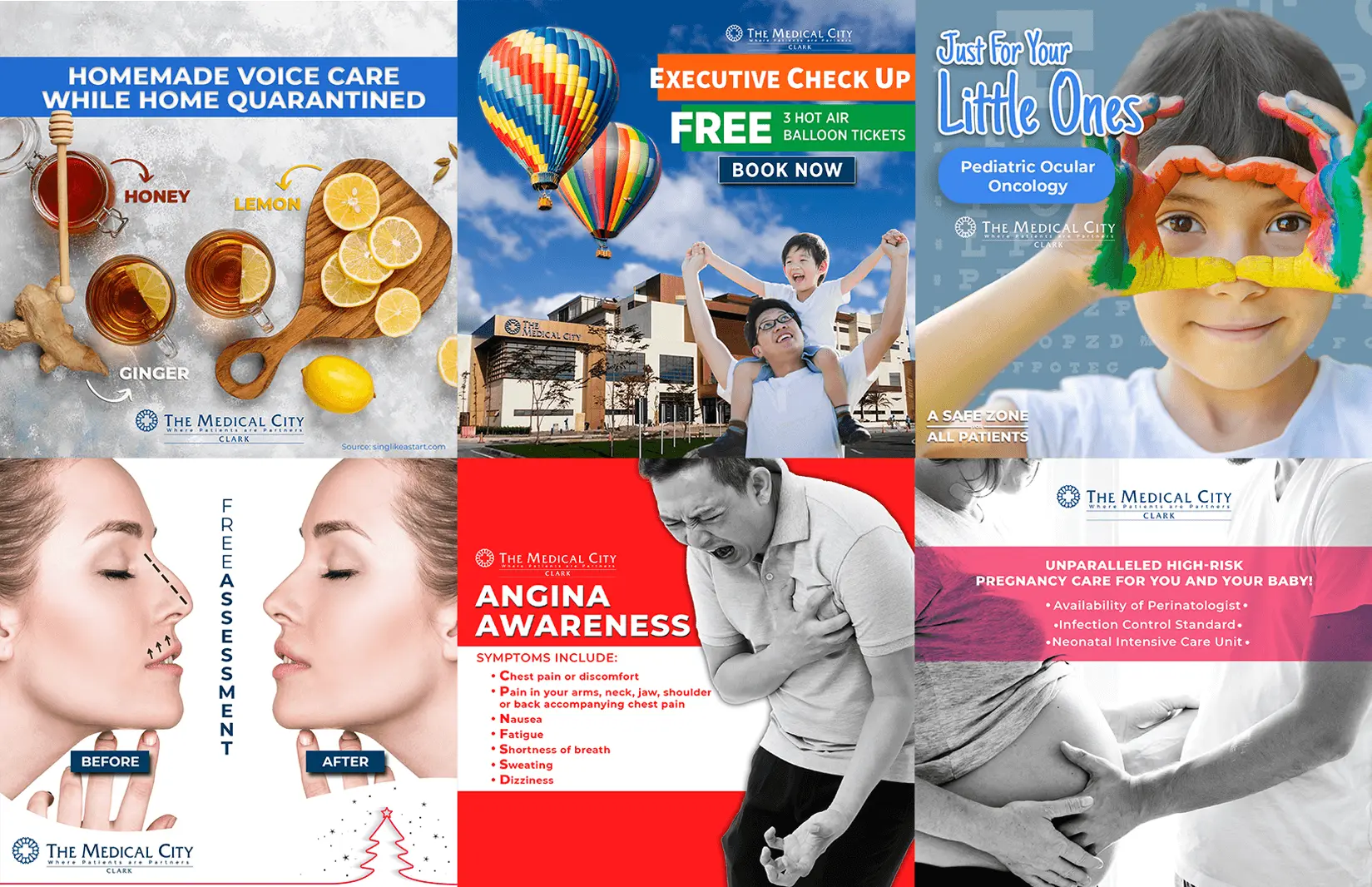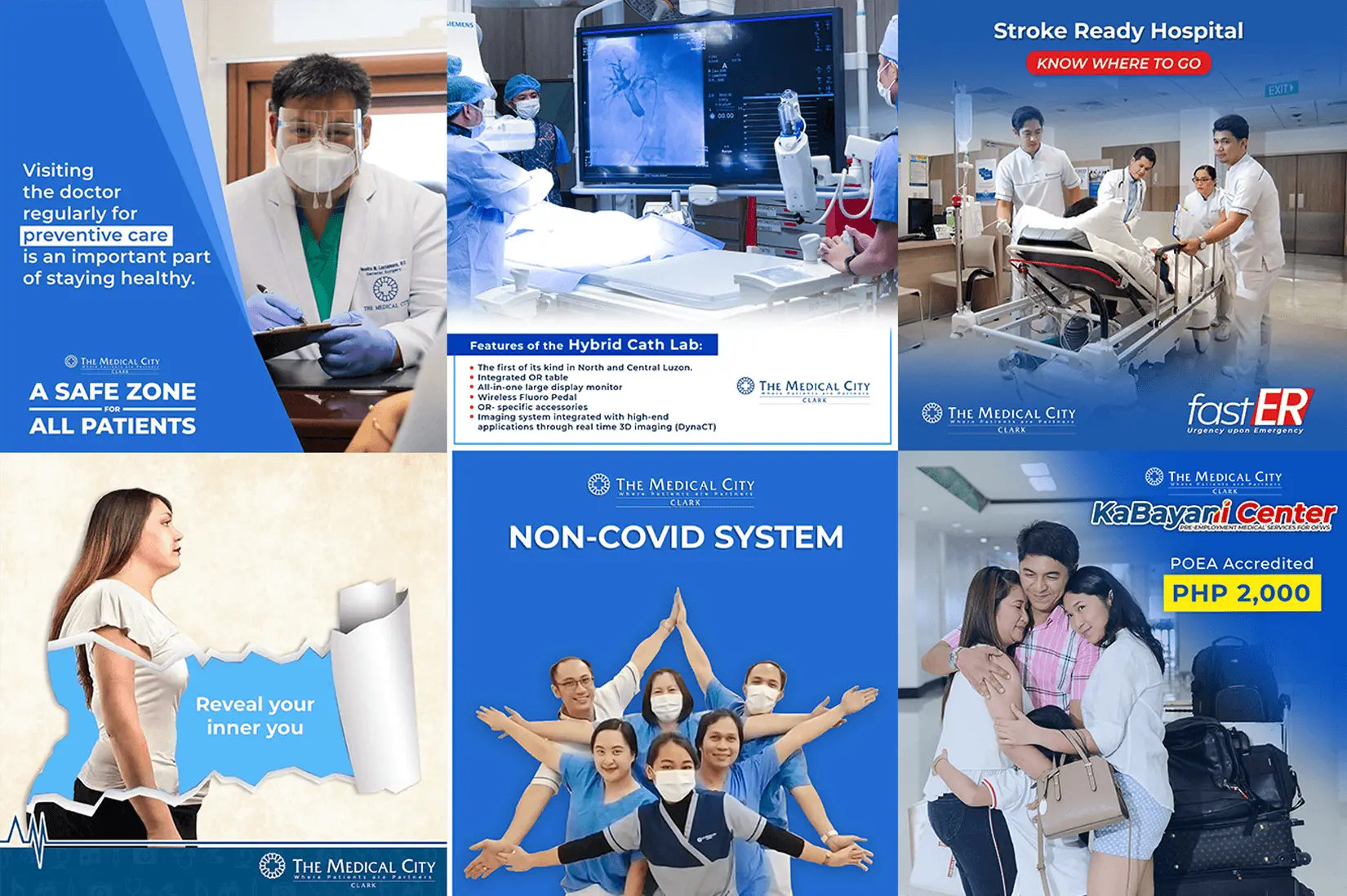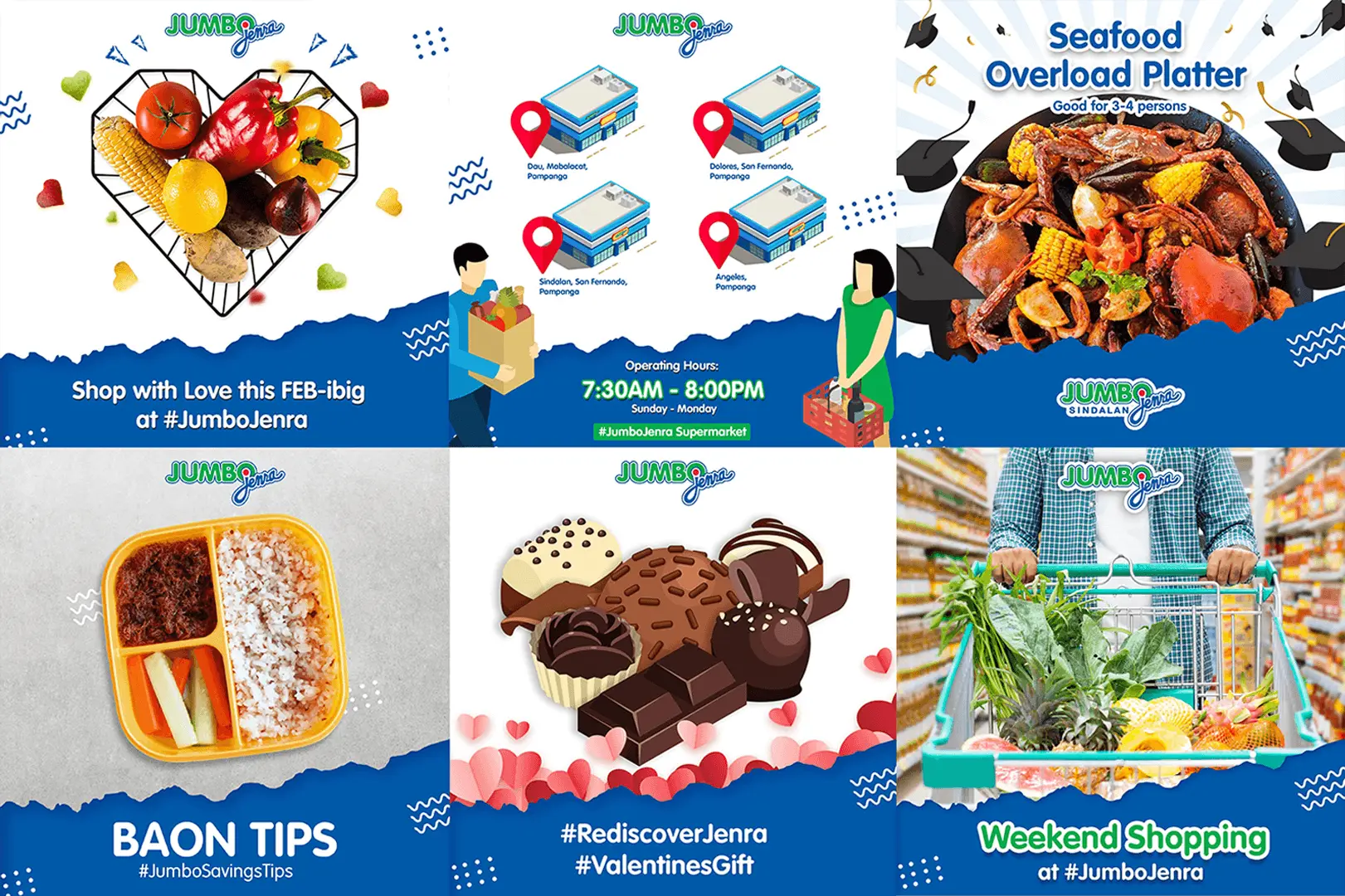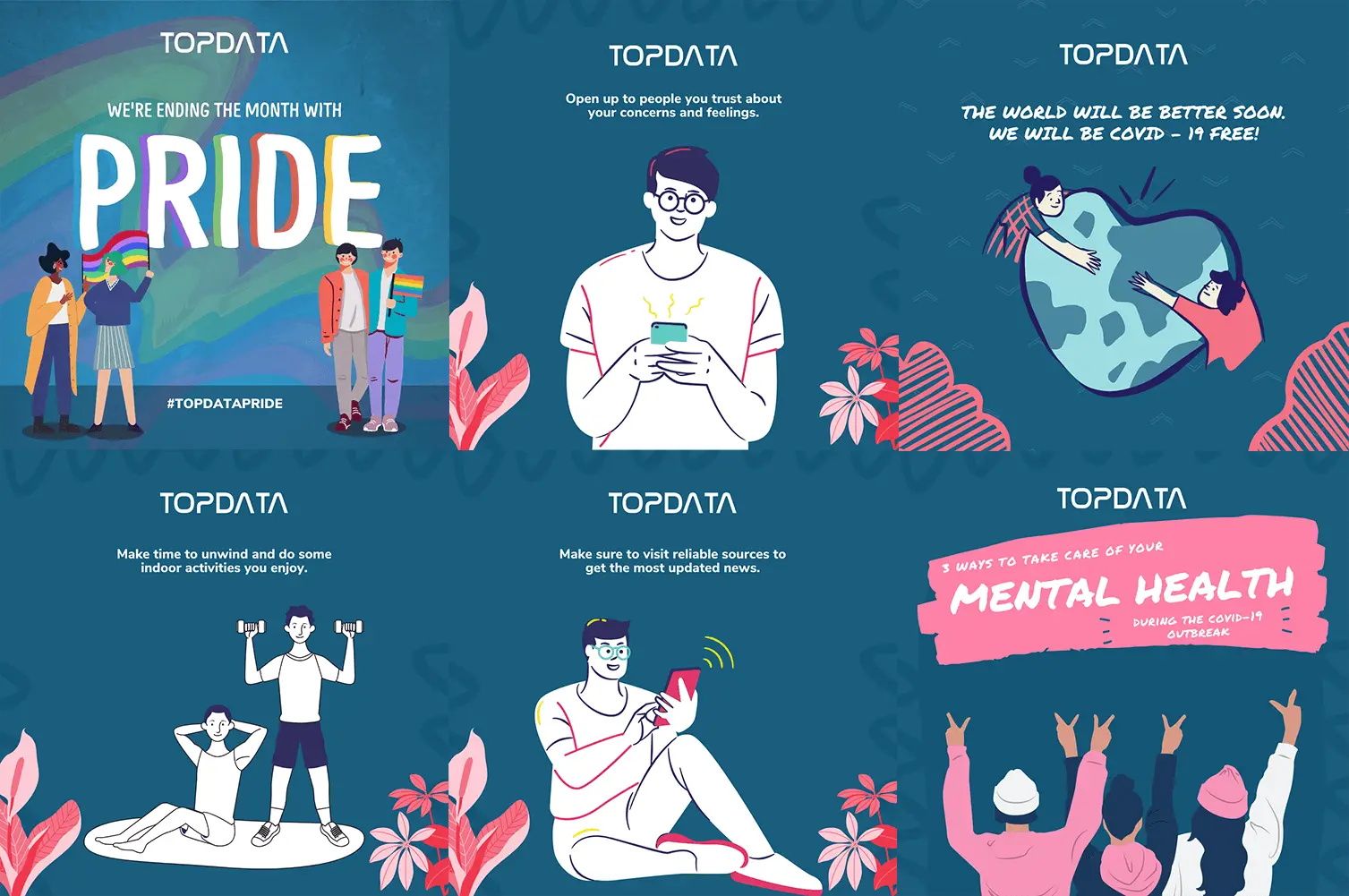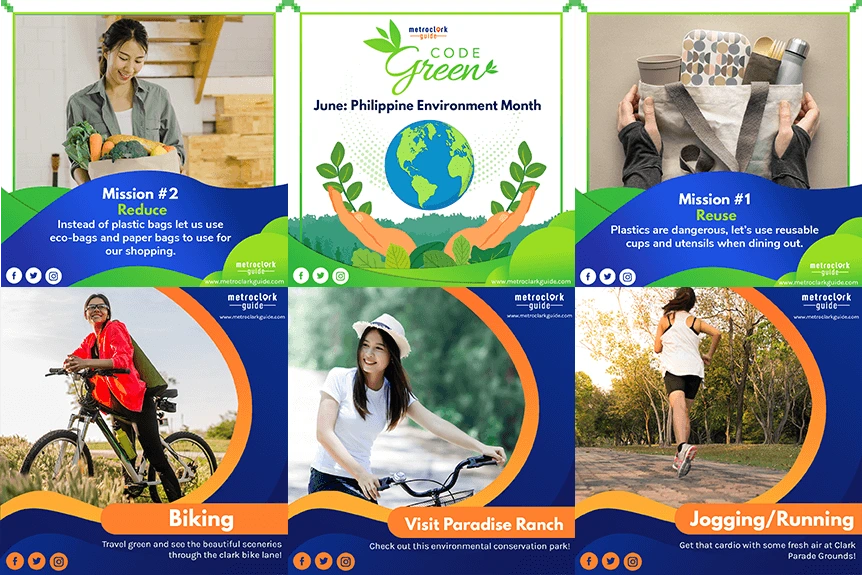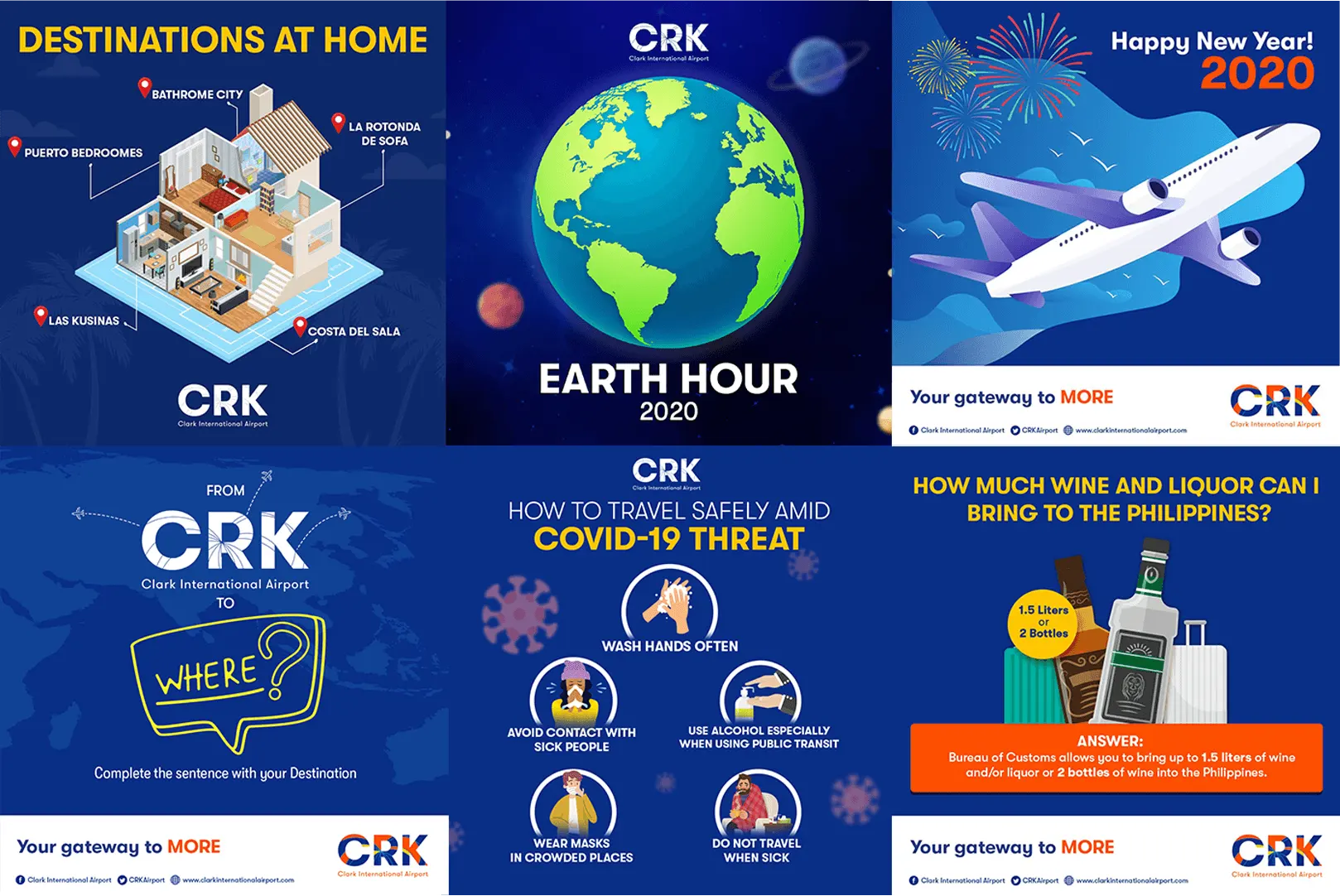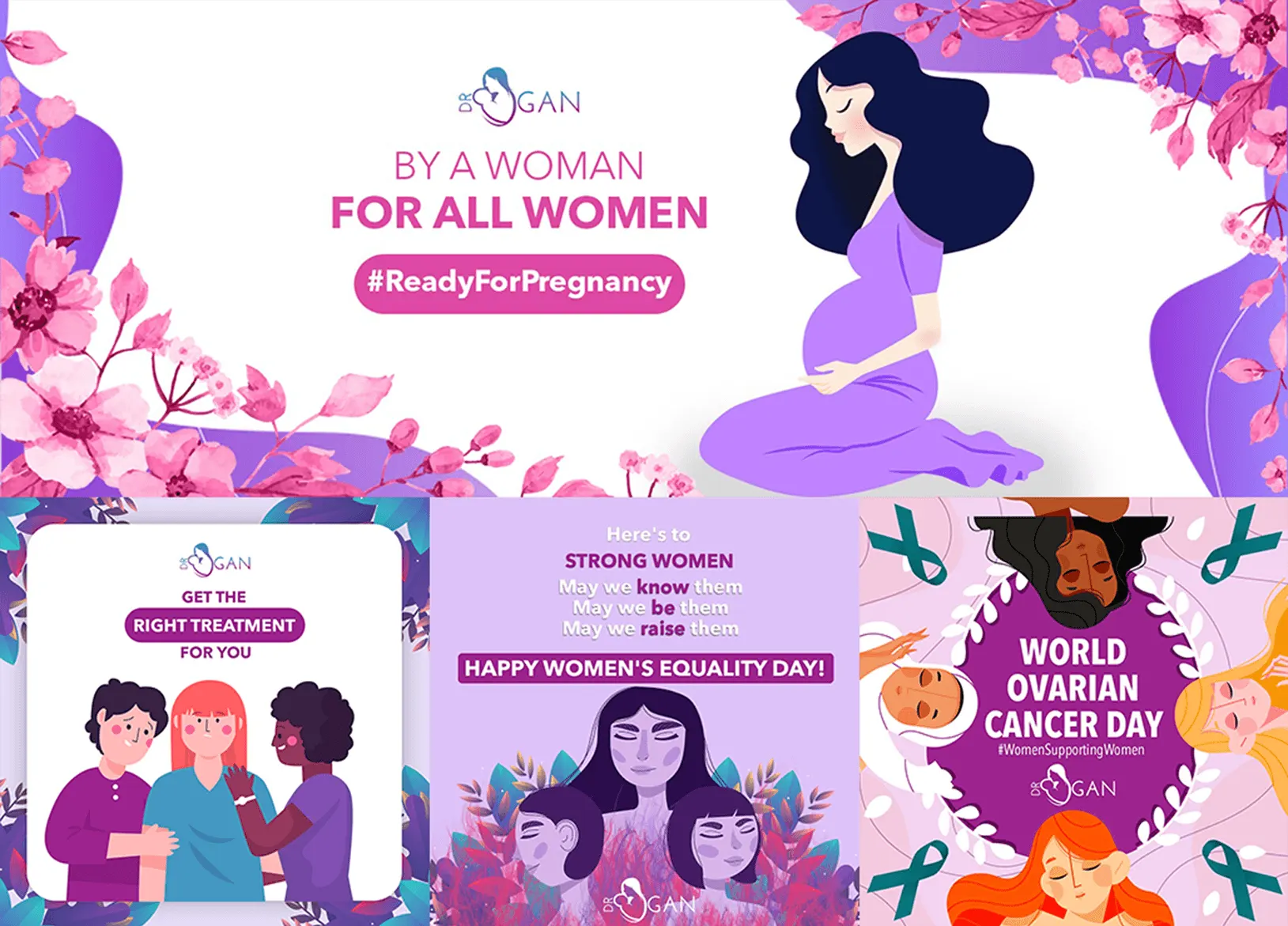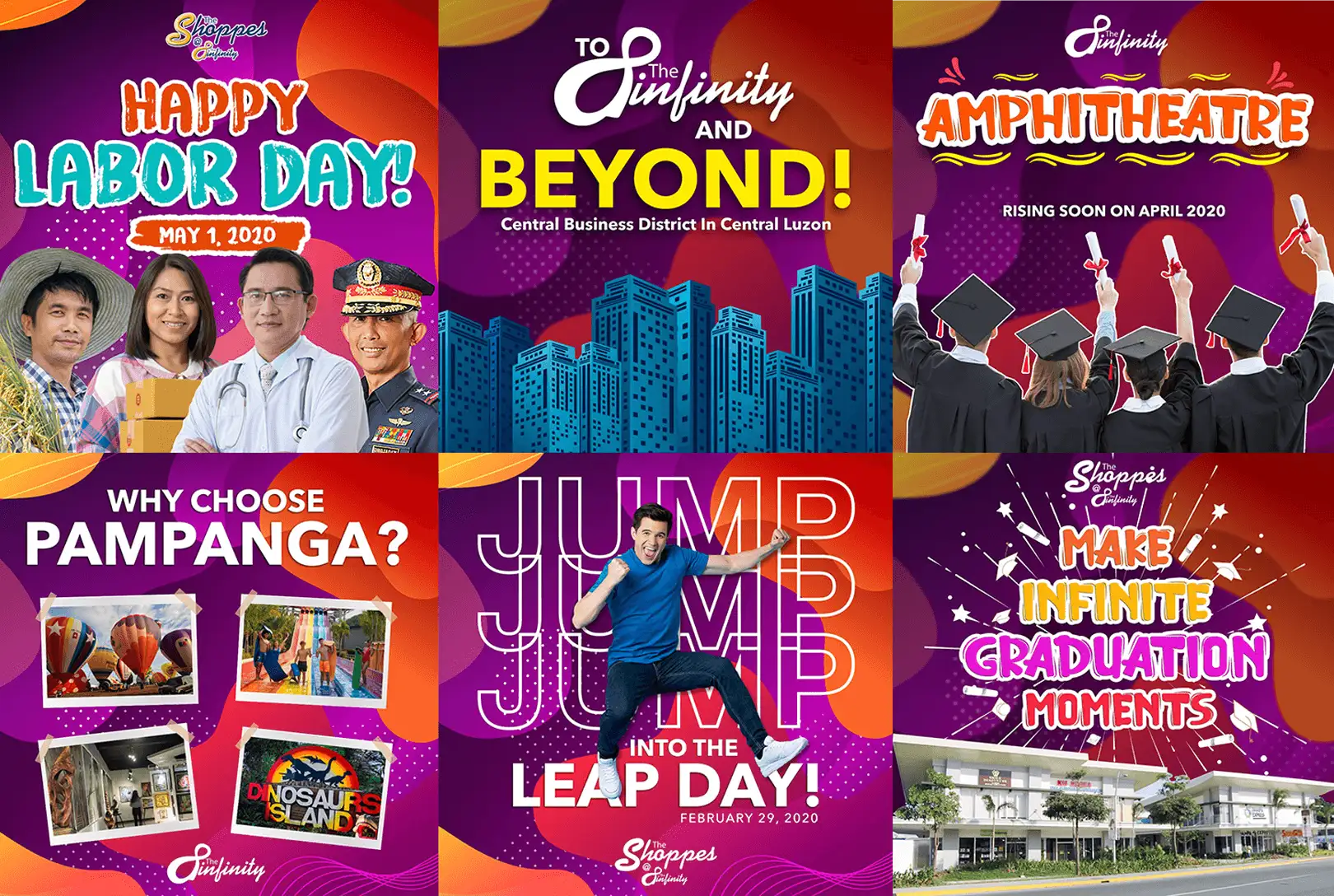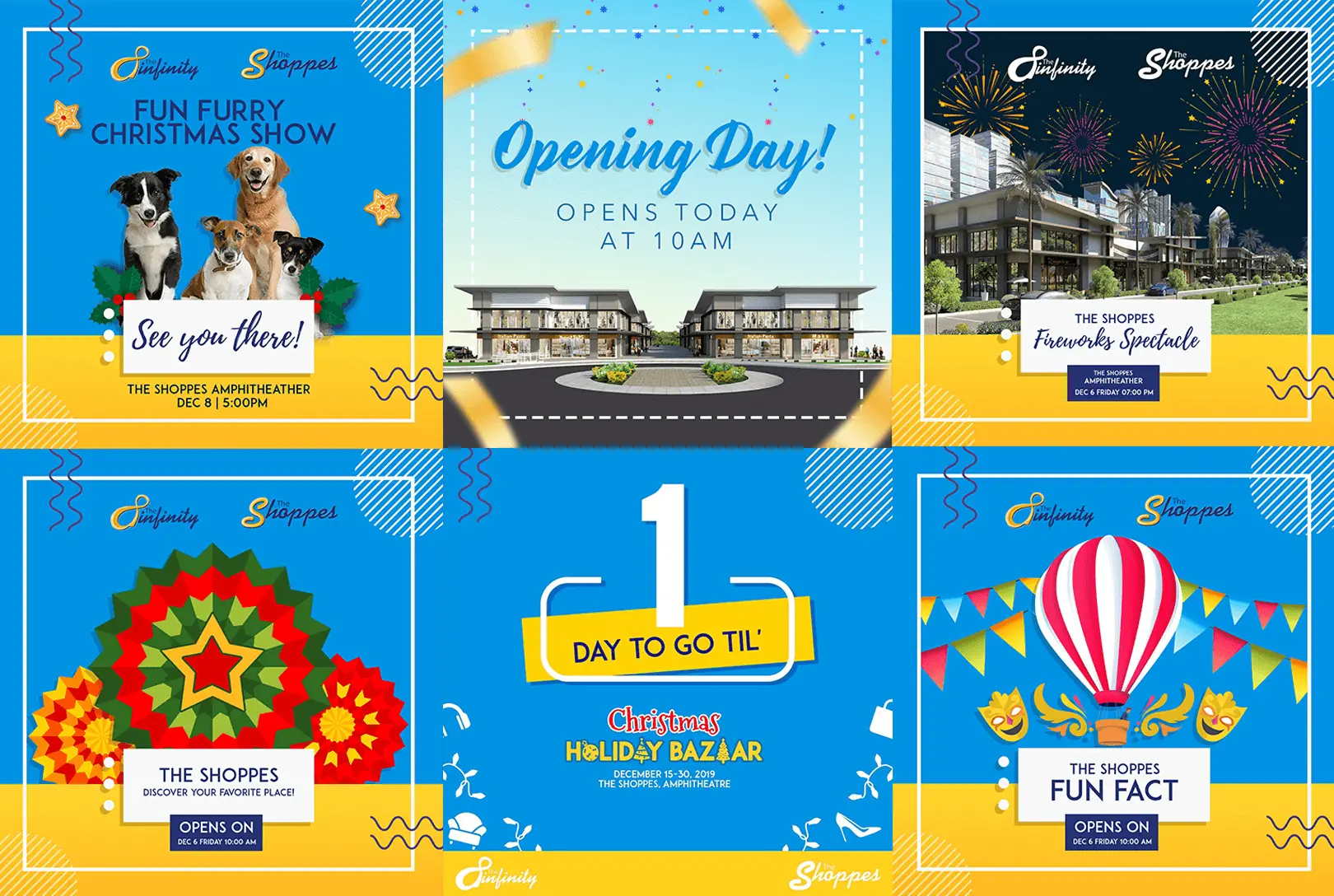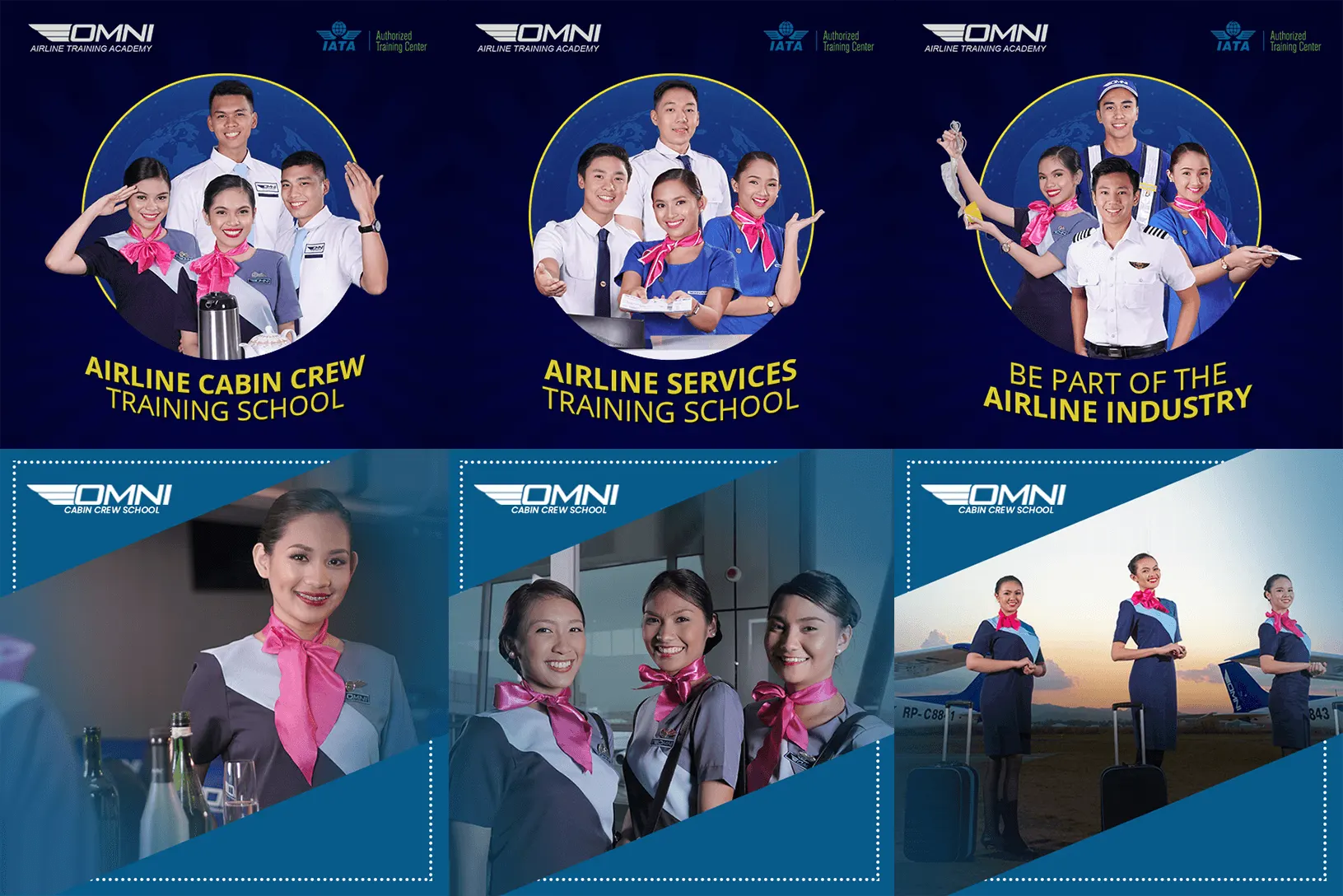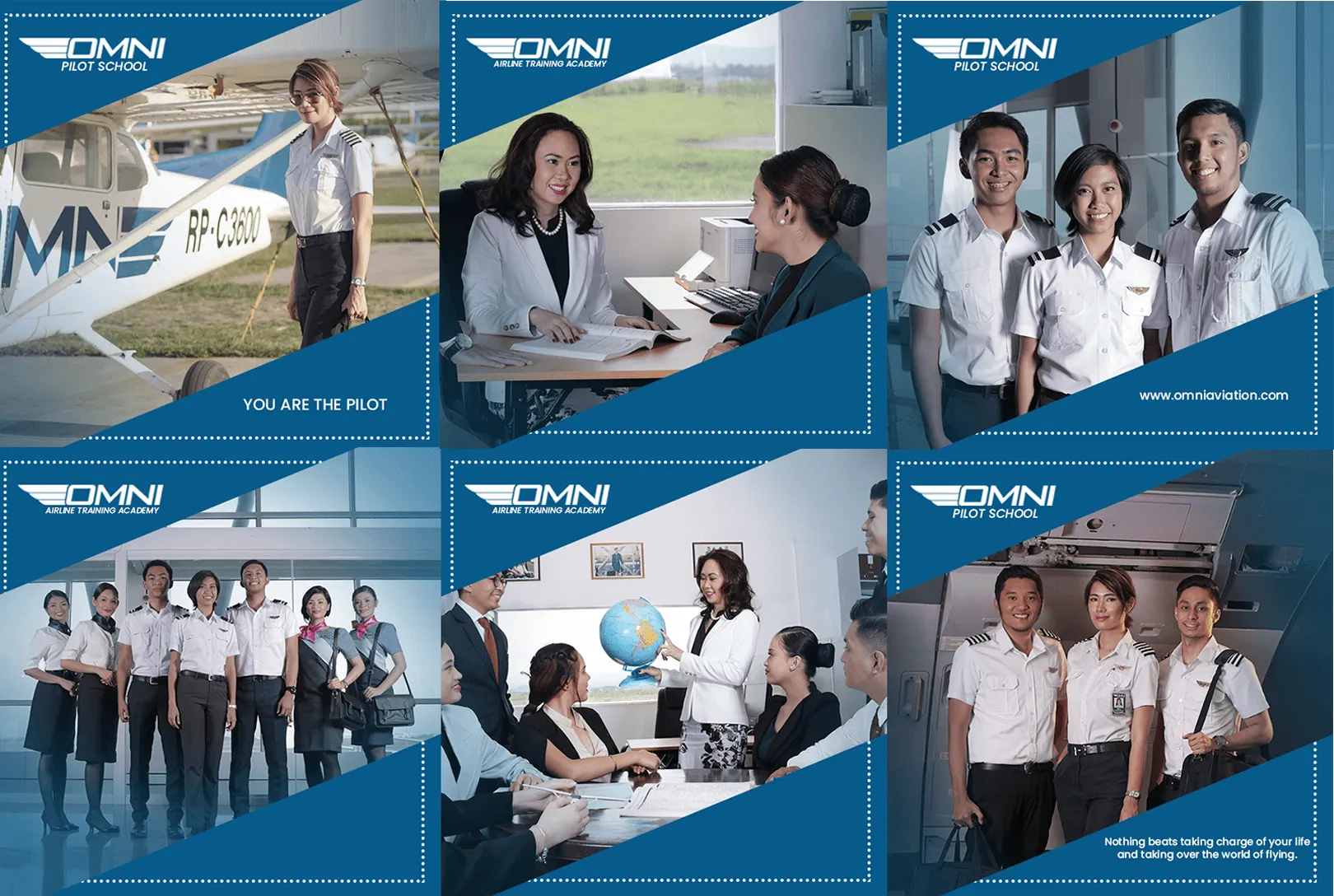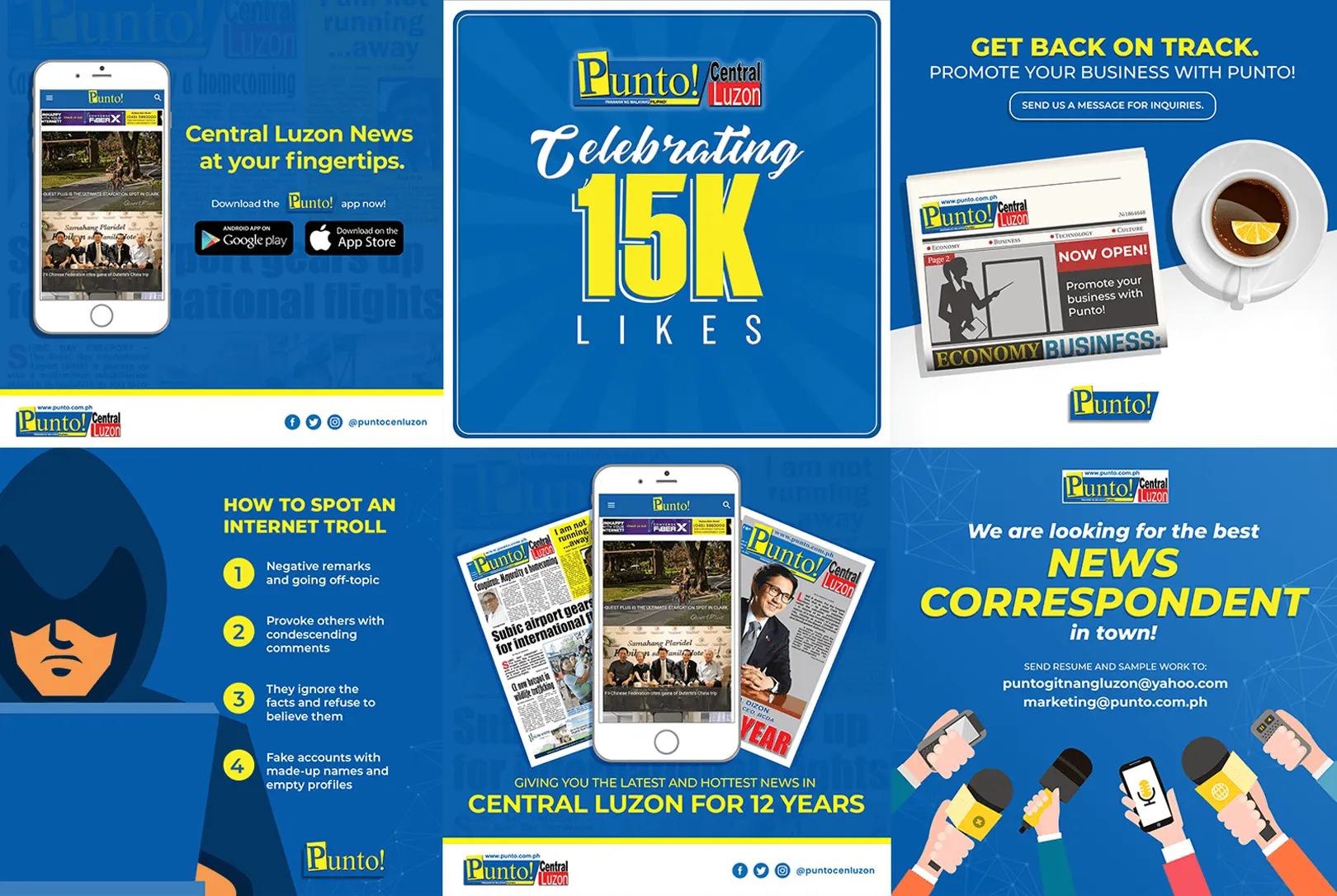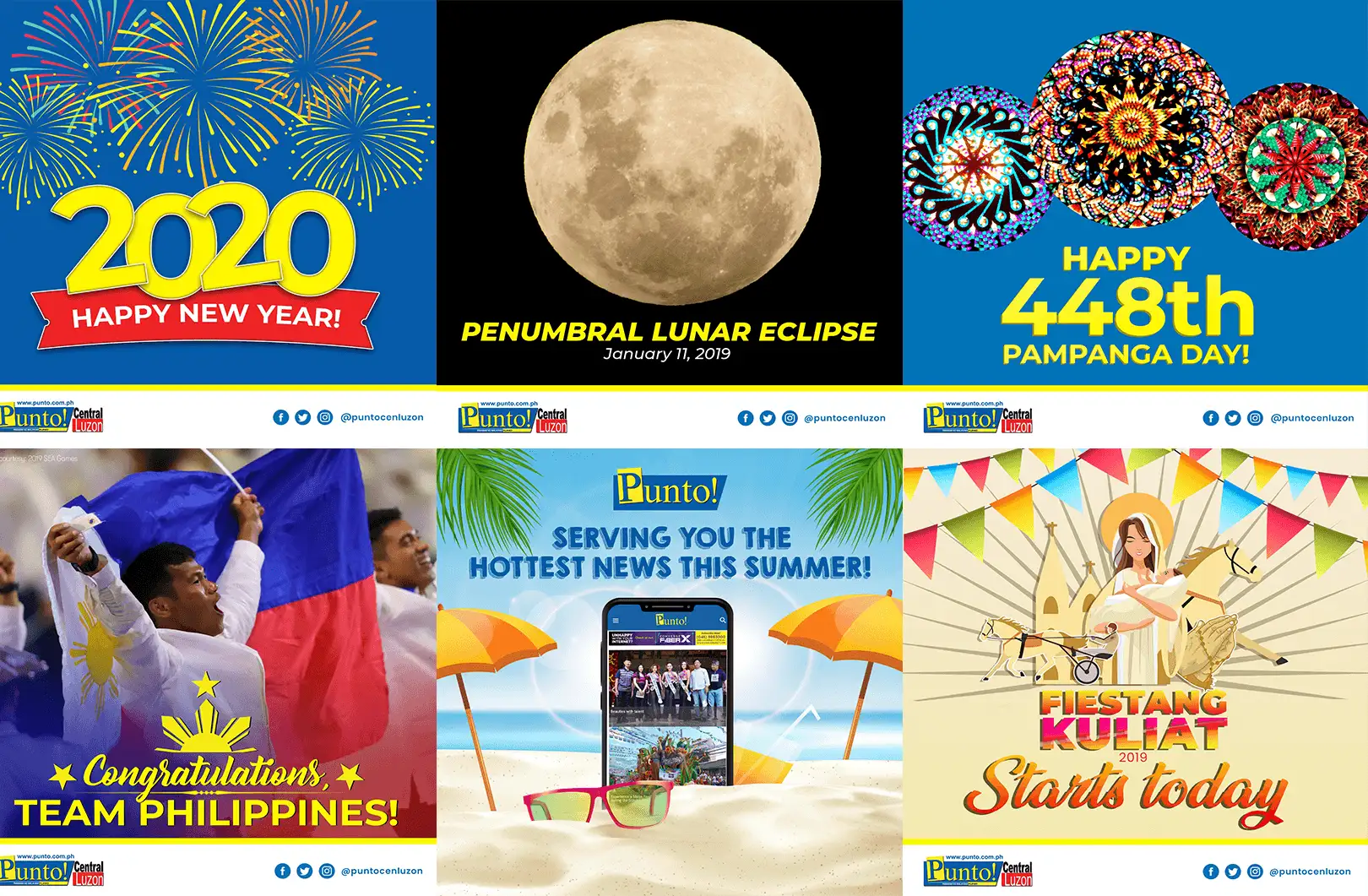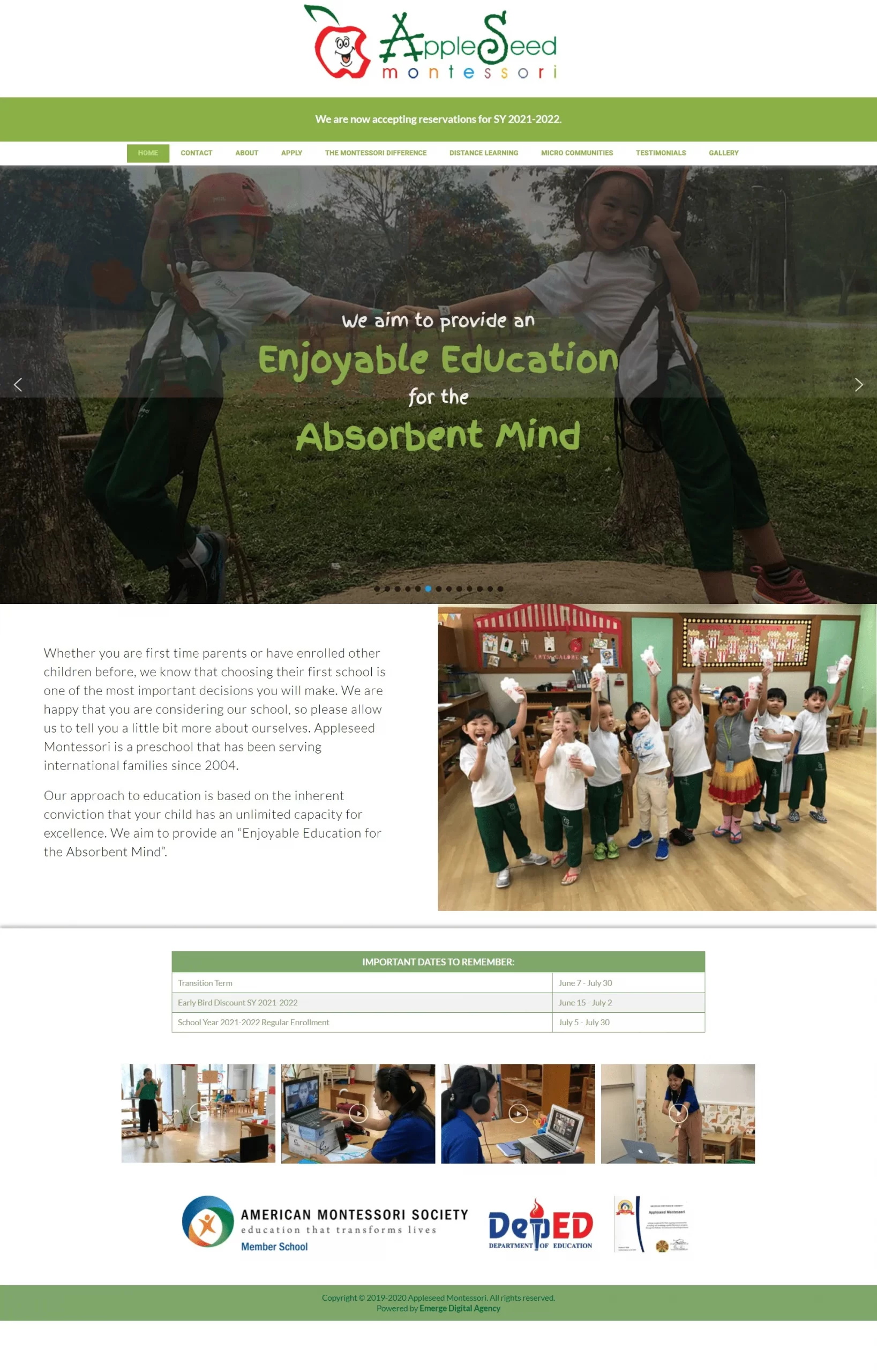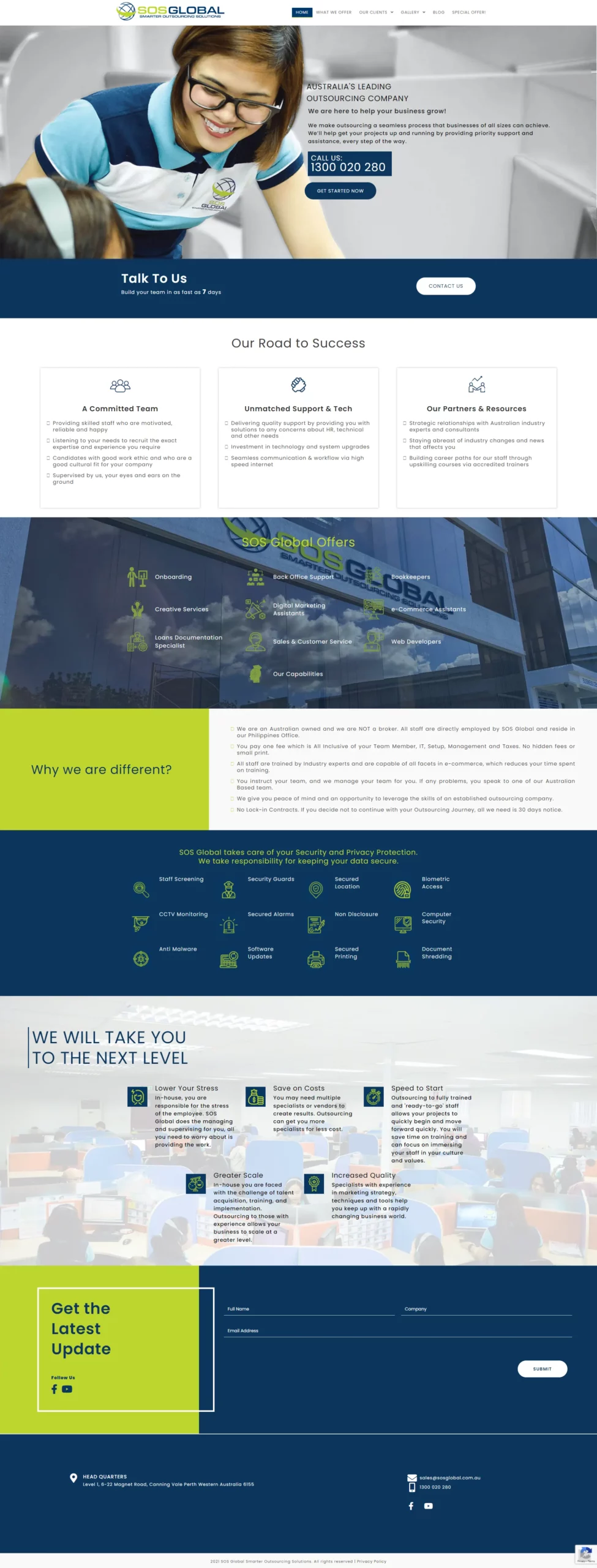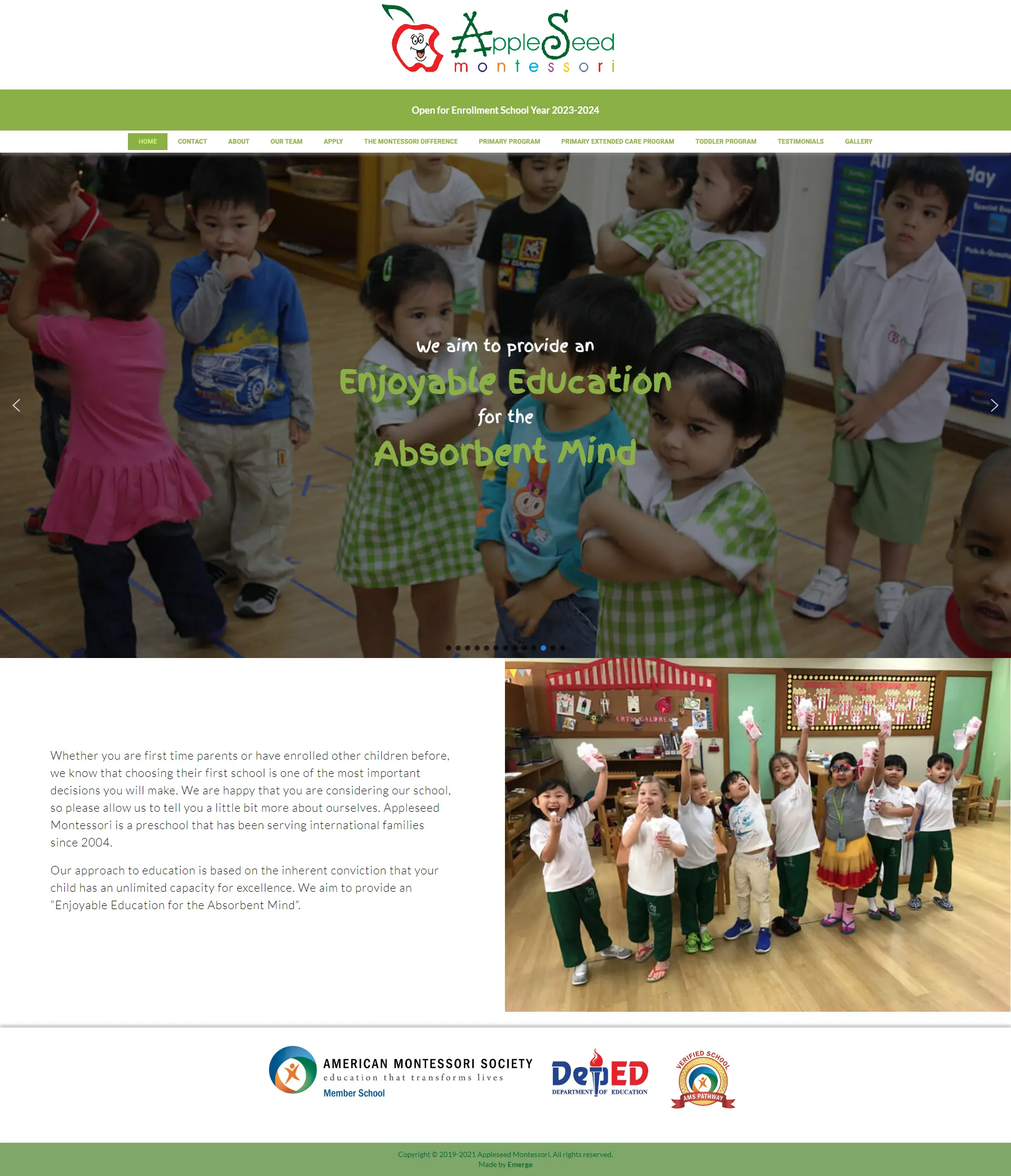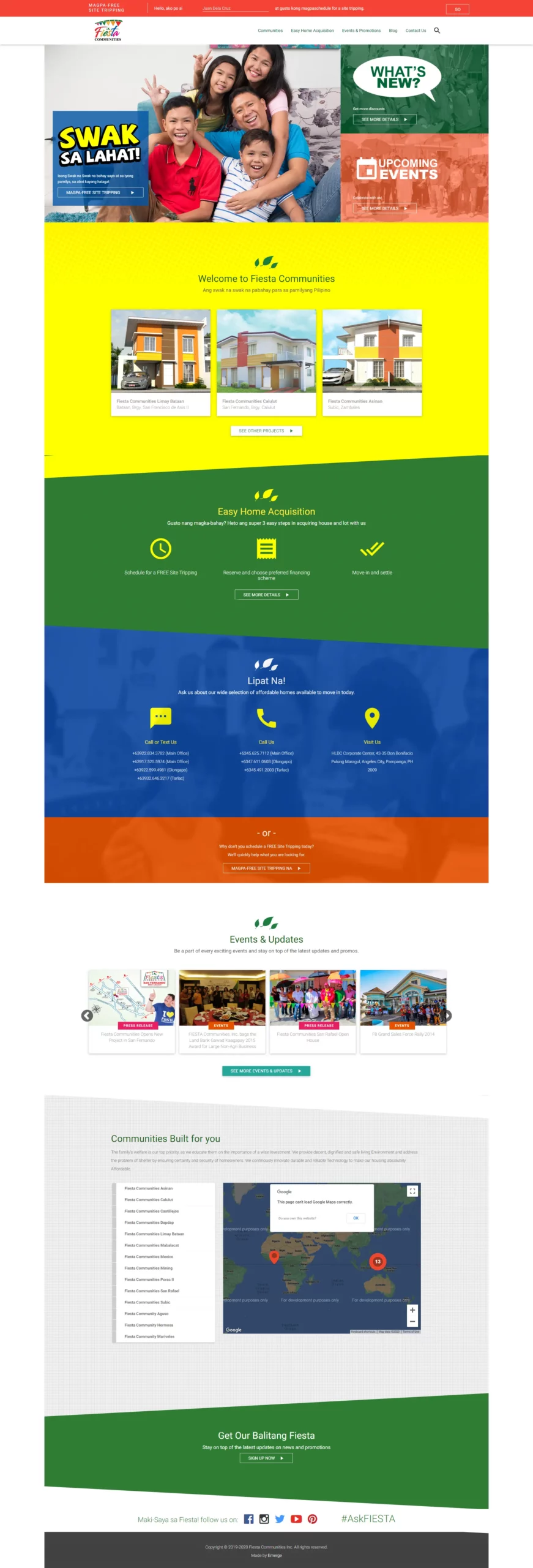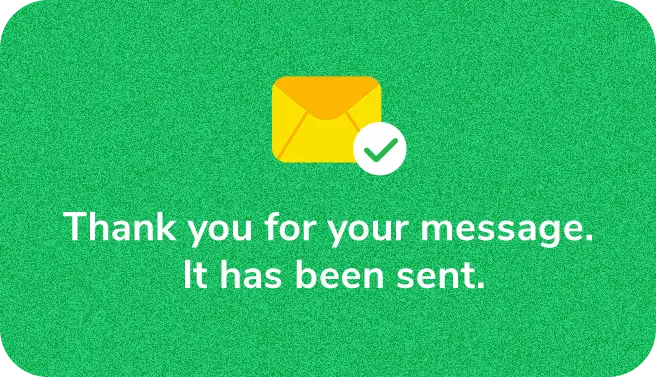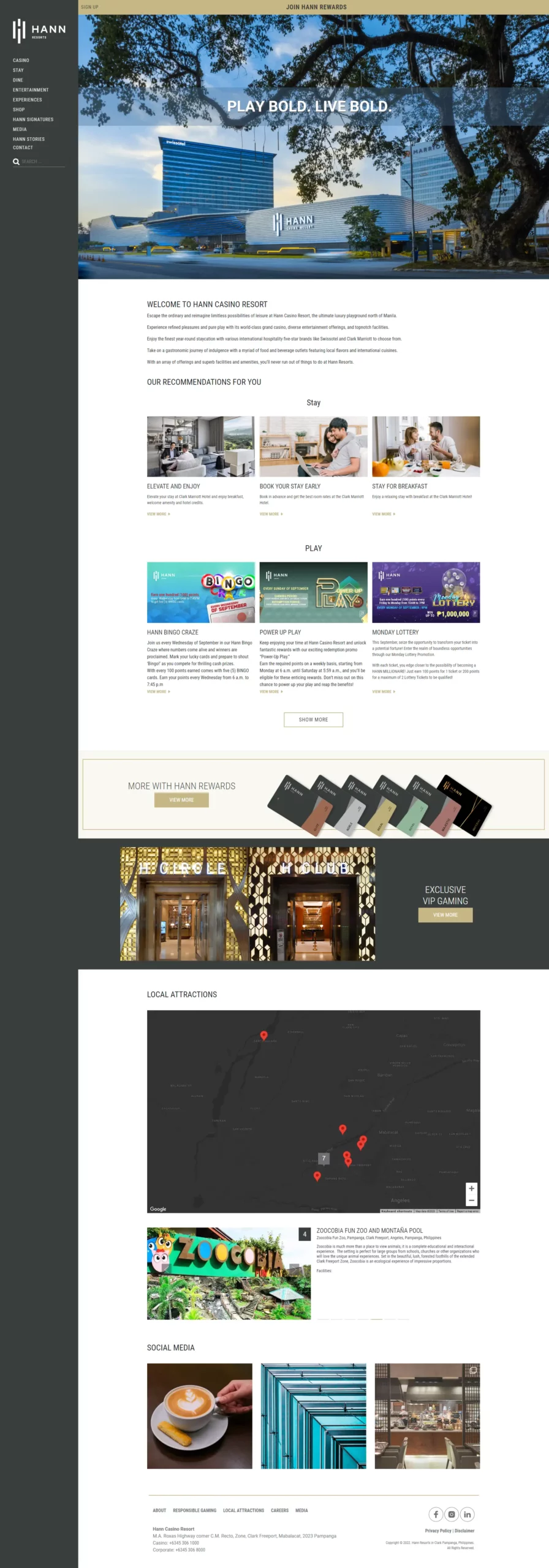Guide for Highly Converting PPC Landing Pages in 2023
Creating a compelling and great landing page experience is one of the key factors to the success of paid media campaigns. It is where the user decides whether to take the desired action such as making a purchase, filling out and submitting a form, and more.
Rather than depending on organic traffic, a business can pay to advertise in social media or search engines to get closer to potential customers looking for the service or product they are looking for. However, once users click on your ad, the landing page is what can make or break them into converting.
To improve the conversion rate of your campaigns, you should consider best practices in optimizing your landing page from a paid media perspective.
Why is a Landing Page Important in Paid Media?

A landing page is typically the first thing an audience sees upon clicking an ad on social media or in search engines. That’s why you should consider the content and user experience you deliver to anyone that clicks your ads and views the website page.
Your landing page should be in line with the content of the ad they view and should give users a reason to consider what you offer in the campaign. If the landing page is not relevant, the user is likely to leave the page, resulting in a wasted budget.
The loading speed of your landing page is also important, and consider if it is mobile user-friendly. It should provide a positive user experience. If the page is difficult to navigate or has slow load times, the user is likely to leave the page, resulting in a lost opportunity for the advertiser.
A well-designed landing page with a clear call-to-action (CTA) can increase the conversion rate, resulting in a higher return on investment (ROI). Measuring traffic and user activity on your website will also help track in determining if the landing page you are using is effective for your ads.
What Users Should See on the Landing Page When They Click Your Ad?
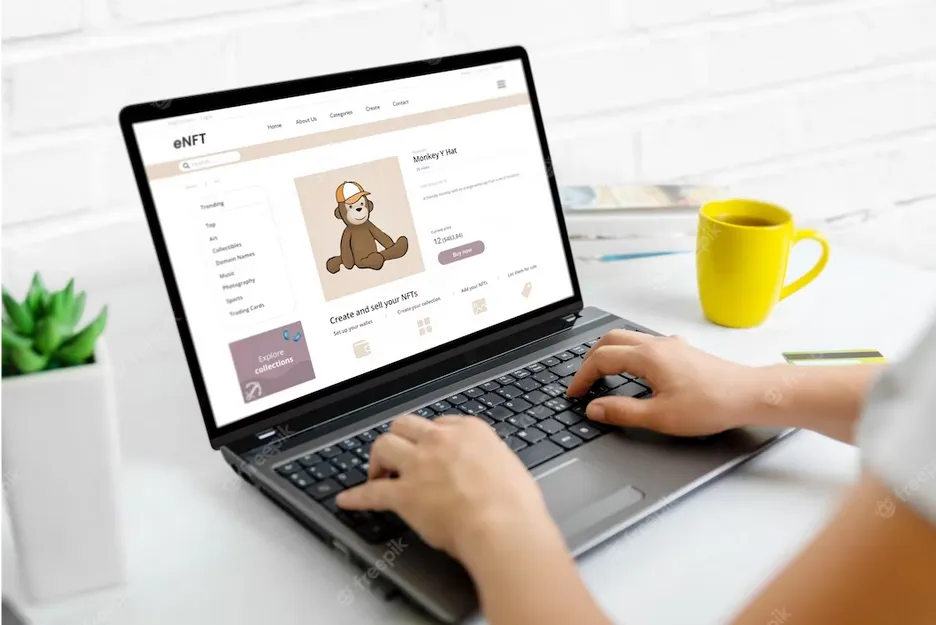
- Call-to-Action to drive users to the next step
- It should contain what you offer or the value proposition
- Heading and Subheading relevant to your ad
- An image that speaks to the content and makes it eye-catching
- Conversion tag to measure the performance of your ad on the landing page
Landing Page Optimizations Best Practices
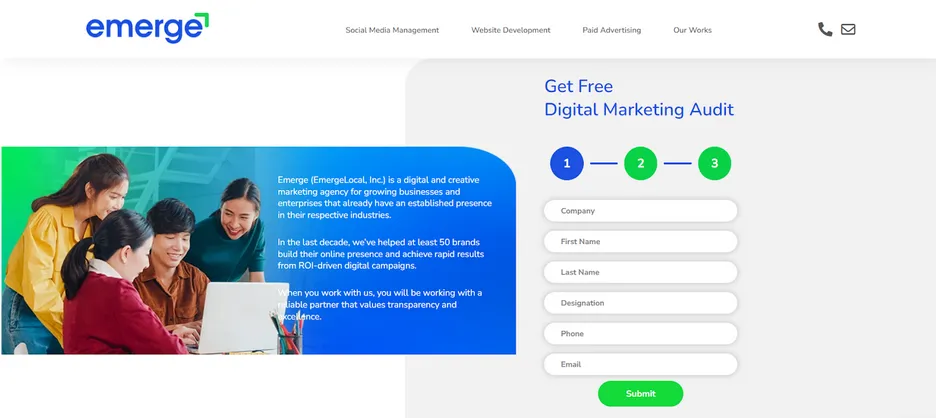
- Create a compelling headline as this is the first thing a user sees. It should be enough to grab their attention and keep them interested to explore the rest of the content on the page.
- Make it clean and clear. It should be simple enough to explore without many distractions. Your product or offer should be easy to find when they arrive on the page.
- Responsive design. Information is accessible to any device and your landing should be the same as well. Make sure that the page looks good on a computer or mobile device to account for different audiences.
- Make it fast and seamless. Studies suggest that users bounce back, lose interest and exit the page if the loading speed took as much as 3 seconds. Ensure that not only do you have great content to show but make sure it can be seen by having the page load quickly.
- Keep Form Fields at a minimum. According to case studies, fewer fields in website forms increases conversion rates. As much as possible, limit the required fields to fill out and ask only for the important information needed for your business goals.

- Unique pages for different campaigns. It won’t make sense to direct users on the same page for different campaigns you run. If you have a campaign for special and limited promotions, it’s a good idea to use a specific landing page to avoid confusion and align the ad content to where you’re taking them too.
- Match your keywords to your page. To keep your page relevant, it is recommended to use keywords or search terms that match the content of the page as well as your ad copies. This is to ensure that your ads are seen as relevant when users search on Google.
- Build customer trust. Try to include client testimonials on your service or product reviews, certifications, or partner logos from established brands. This is a good way to build consideration, especially for first-time visitors who are still uncertain about purchasing or subscribing to your services.
- Conclude with a persuasive call to action. Your messaging is one of the important factors that can determine conversion success. It should be convincing and give clear cues.
- Continuously test different elements. A/B Test key elements on your landing page one at a time to improve their performance and relevance on your ads. Make adjustments with CTA, messaging headline, buttons, etc.
Some Examples of Landing Page To Inspire

Take this example from Taboola, in which they offer a free ebook in return for contact information. This type of landing page collects information of a potential customer such as their email address, contact information, and other basic details of a user. It sets up a contact point for creating prospects.
In this type of landing page, your focus can be on the design elements and compelling call to action button. It is important to highlight the benefits of your offers.

A Click-through-landing page type designed to persuade visitors to click through to another page, such as a product page or a lead form. It typically includes a clear and compelling call to action that encourages visitors to take the next step in the conversion process. This type is usually excellent for building customer trust and boosting traffic like this example from Animoto.
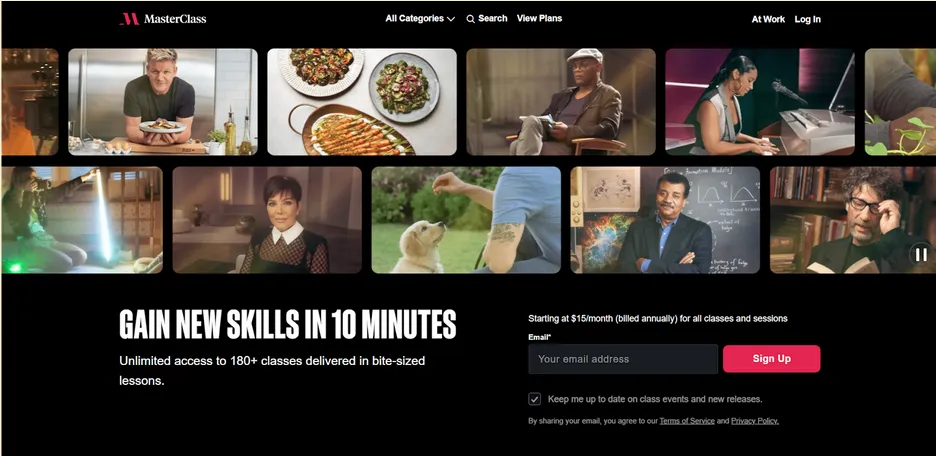
Meanwhile, this landing from Masterclass is another landing page that can inspire you to use it near the bottom of the funnel. Rather than providing information about your product or service, your main goal is to drive potential customers to complete purchases or avail of your service. They are designed to be visually appealing, easy to navigate, and optimized for conversion, with a clear and prominent CTA that stands out on the page.
Conclusion
Ultimately, it is important to make your landing page relevant to the ad that entices users to click. This means you need to provide as much information as they were looking for on your landing page. This helps prevent bounce rates and ensures the users were able to get what they were looking for when they clicked on your ads. Consistency in testing is really good for improving your landing page conversion rate as it provides detailed insights about what works and what does not. Try different landing pages for different campaigns and keep in mind the user experience. Lastly, think of a compelling call to action as an opportunity to persuade users to take specific action aligned with your business goals and your customers’ needs.
If you need help developing a website or designing landing pages for your marketing campaign that will help achieve your business goals, click here: https://digital.emerge.com.ph/lp/free-marketing-plan/
